Pipe dreams: Oscar Tuazon emulates LA’s aqueducts in his latest body of work

Who would have thought a story about an aqueduct could be so salacious? Riddled with corruption, intrigue and drama, the story of the first aqueduct in Los Angeles – completed in 1913 and led by William Mulholland – is well known, thanks to Roman Polanski’s 1974 film Chinatown. Now it has piqued the interest of architect/artist Oscar Tuazon, who is revisiting the 233 mile-long pipe for an exhibition at the Hammer Museum.
Comprising four elements spread across different areas of the museum, Tuazon has created concrete and aluminium sculptures inspired by a monument to Mullholland that Tuazon came across in the neighbourhood of Los Feliz.
‘Mulholland was a strange figure. His aqueduct is the infrastructure that created Los Angeles, a transformative piece of geo-engineering,' says Tuazon. 'It's a massive earth work; you can trace its path on Google Earth like a line drawing. But Mulholland was also responsible for the worst civic engineering disaster in California history: the collapse of the St Francis dam, which flooded the valley with 12 billion gallons of water and killed hundreds of people. The central feature of the Muholland memorial park is a large Art Deco fountain. Placed in front of the fountain is a piece of the aqueduct, an empty section of pipe. A portrait of Los Angeles.'
He continues: ‘I had started thinking of a pipe as a kind of space – not quite architecture because it doesn't have a flat floor – but at the scale of a room. I was building crude models of pipes in the studio, imagining them as apertures, viewing devices that could be placed in a landscape, ways of making connections between places. Plumbing is pure infrastructure. Water pipes, oil pipelines, plumbing – the Hammer is in the former Occidental Petroleum building (now owned by UCLA), so these are not metaphorical connections but they are usually invisible.’
In Southern California, water issues continue to be contentious, and those connections are quickly made with the opposite extremes being experienced on the East Coast and beyond, to the environmental crisis beyond that around the world. Tuazon’s work often dismantles – literally and conceptually – the idea of a stable, safe domestic space. (In a recent 2015 work, he crushed a whole freestanding building as a performance at Paradise Garage in Venice, California.)
His new site-specific work unavoidably articulates our troubled relationship with our surroundings and questions the impact of our industrial constructions on the environment. But it isn’t simply a cynical critique. His approach to architecture is somehow hopeful. He says, ‘An artwork can create spatial situations that don't exist anywhere else, things that would literally be illegal to build as architecture. There are very real practical benefits to this kind of privilege, I try to take advantage of that and build things that should not be built.’
Recently Tuazon, originally from Seattle, acquired some land near the Washington coast, where he is constructing an artwork that will also function as a home. Much like his work at the Hammer, water is a literal and conceptual source, and Tuazon’s approach is largely an attempt to reharmonise a relationship to the environment, practically and politically. ‘It's a house with one room, on the Hoh River in the Olympic rainforest. It is surrounded by water, it rains constantly, and that defines the house. One of the first things we did was a plumbing project – a rainwater collection tank and a filtration system. It was a good way to understand what water does. Water is the best material for making sculpture, it has a mind of its own, it's alive.’
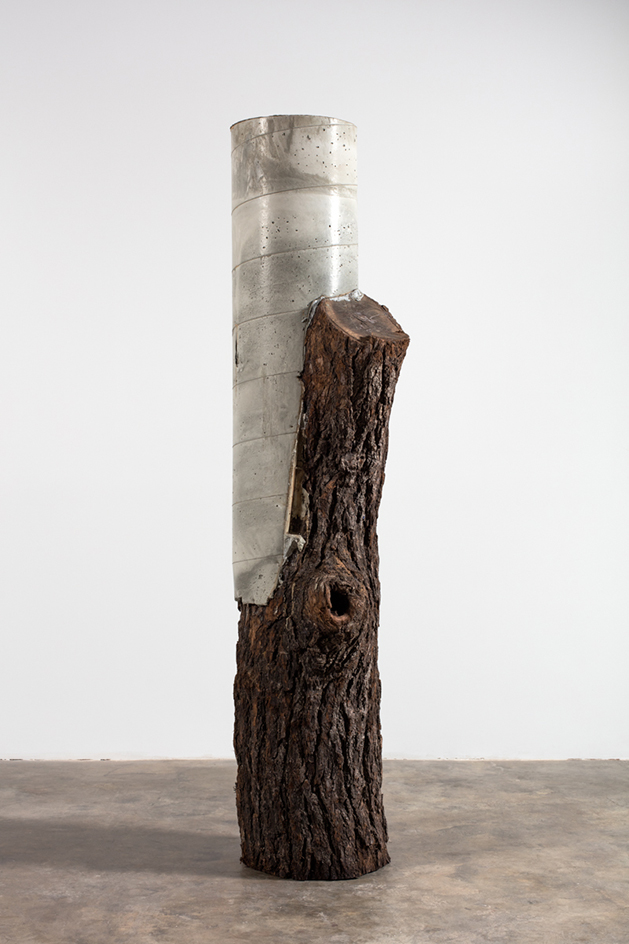
The artist explains: ‘I was building crude models of pipes in the studio, imagining them as apertures, viewing devices that could be placed in a landscape, ways of making connections between places.' Pictured: Natural Man, 2015
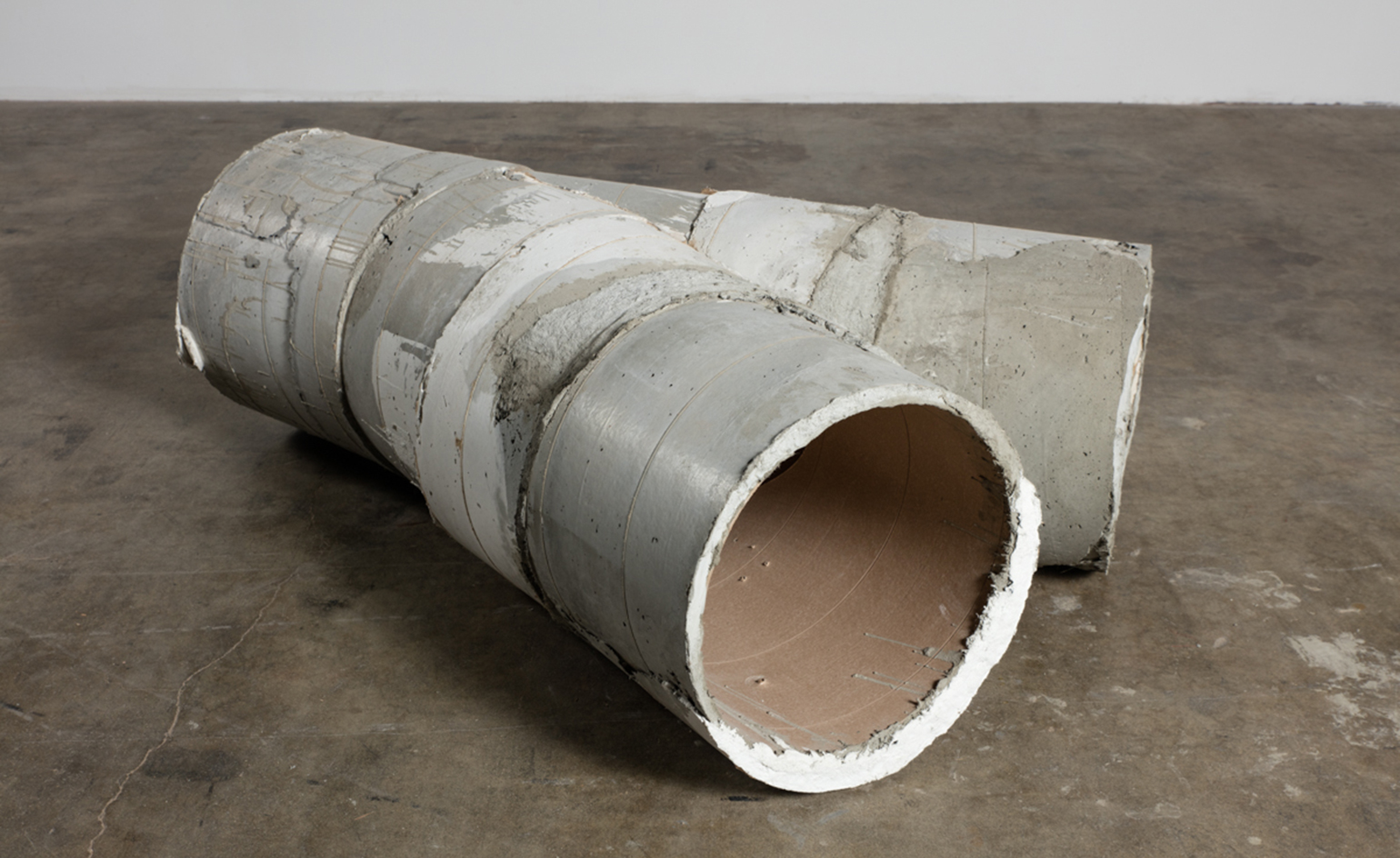
The new site-specific work expresses our troubled relationship with our surroundings and questions the impact of our industrial constructions on the environment. Pictured: Pipe Prototype, 2015
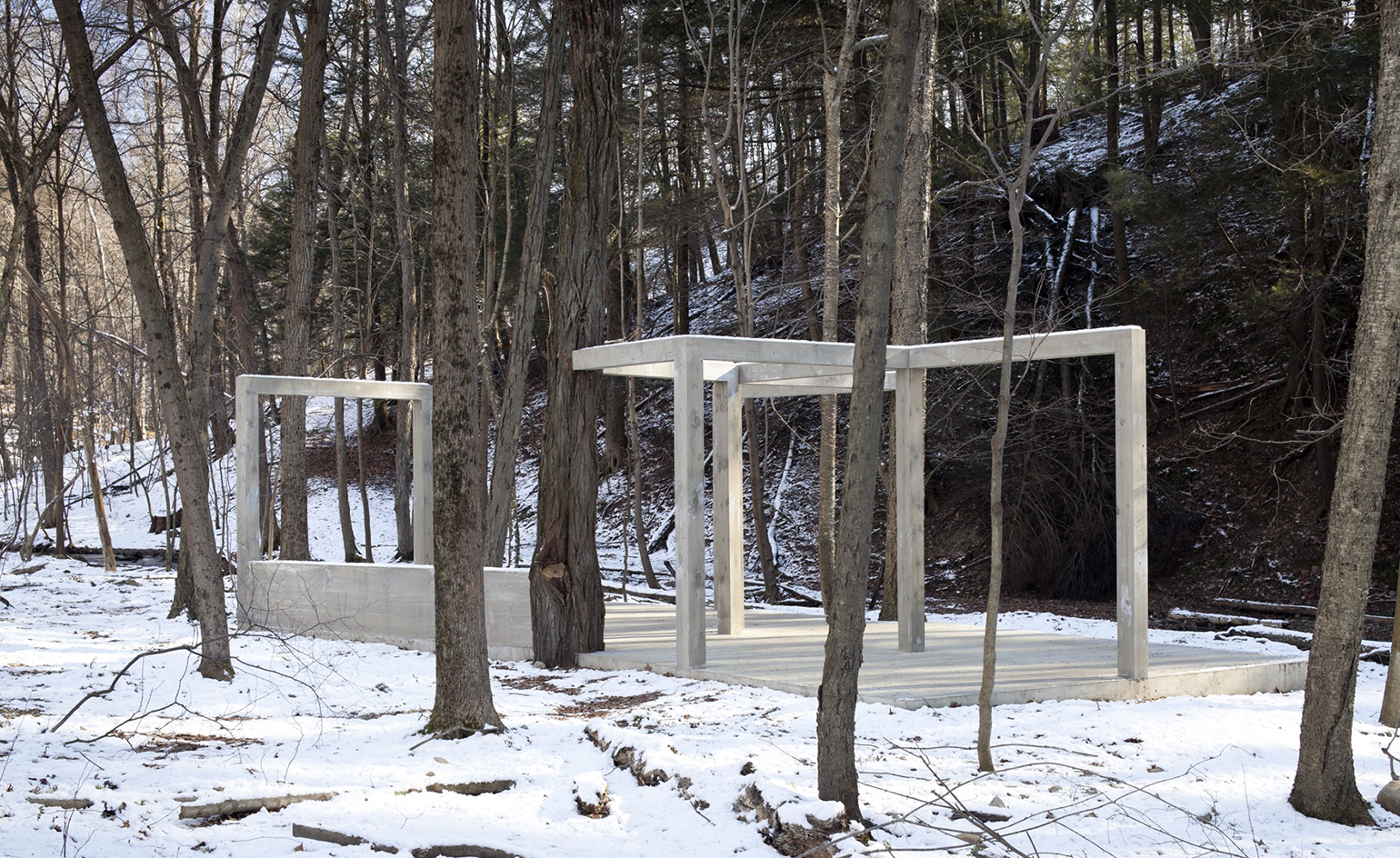
Tuazon says, ‘An artwork can create spatial situations that don't exist anywhere else, things that would literally be illegal to build as architecture. There are very real practical benefits to this kind of privilege, I try to take advantage of that and build things that should not be built.' Pictured: An Error, 2011, installation view

Process view of Sun Riot (scale model), 2015
INFORMATION
'Hammer Projects: Oscar Tuazon' is now on view until 15 May
Photography courtesy of the artist and Hammer Museum
ADDRESS
Hamme Museum
10899 Wilshire Boulevard
Los Angeles, California
Wallpaper* Newsletter
Receive our daily digest of inspiration, escapism and design stories from around the world direct to your inbox.
Charlotte Jansen is a journalist and the author of two books on photography, Girl on Girl (2017) and Photography Now (2021). She is commissioning editor at Elephant magazine and has written on contemporary art and culture for The Guardian, the Financial Times, ELLE, the British Journal of Photography, Frieze and Artsy. Jansen is also presenter of Dior Talks podcast series, The Female Gaze.
-
 The Subaru Forester is the definition of unpretentious automotive design
The Subaru Forester is the definition of unpretentious automotive designIt’s not exactly king of the crossovers, but the Subaru Forester e-Boxer is reliable, practical and great for keeping a low profile
By Jonathan Bell
-
 Sotheby’s is auctioning a rare Frank Lloyd Wright lamp – and it could fetch $5 million
Sotheby’s is auctioning a rare Frank Lloyd Wright lamp – and it could fetch $5 millionThe architect's ‘Double-Pedestal’ lamp, which was designed for the Dana House in 1903, is hitting the auction block 13 May at Sotheby's.
By Anna Solomon
-
 Naoto Fukasawa sparks children’s imaginations with play sculptures
Naoto Fukasawa sparks children’s imaginations with play sculpturesThe Japanese designer creates an intuitive series of bold play sculptures, designed to spark children’s desire to play without thinking
By Danielle Demetriou
-
 Leonard Baby's paintings reflect on his fundamentalist upbringing, a decade after he left the church
Leonard Baby's paintings reflect on his fundamentalist upbringing, a decade after he left the churchThe American artist considers depression and the suppressed queerness of his childhood in a series of intensely personal paintings, on show at Half Gallery, New York
By Orla Brennan
-
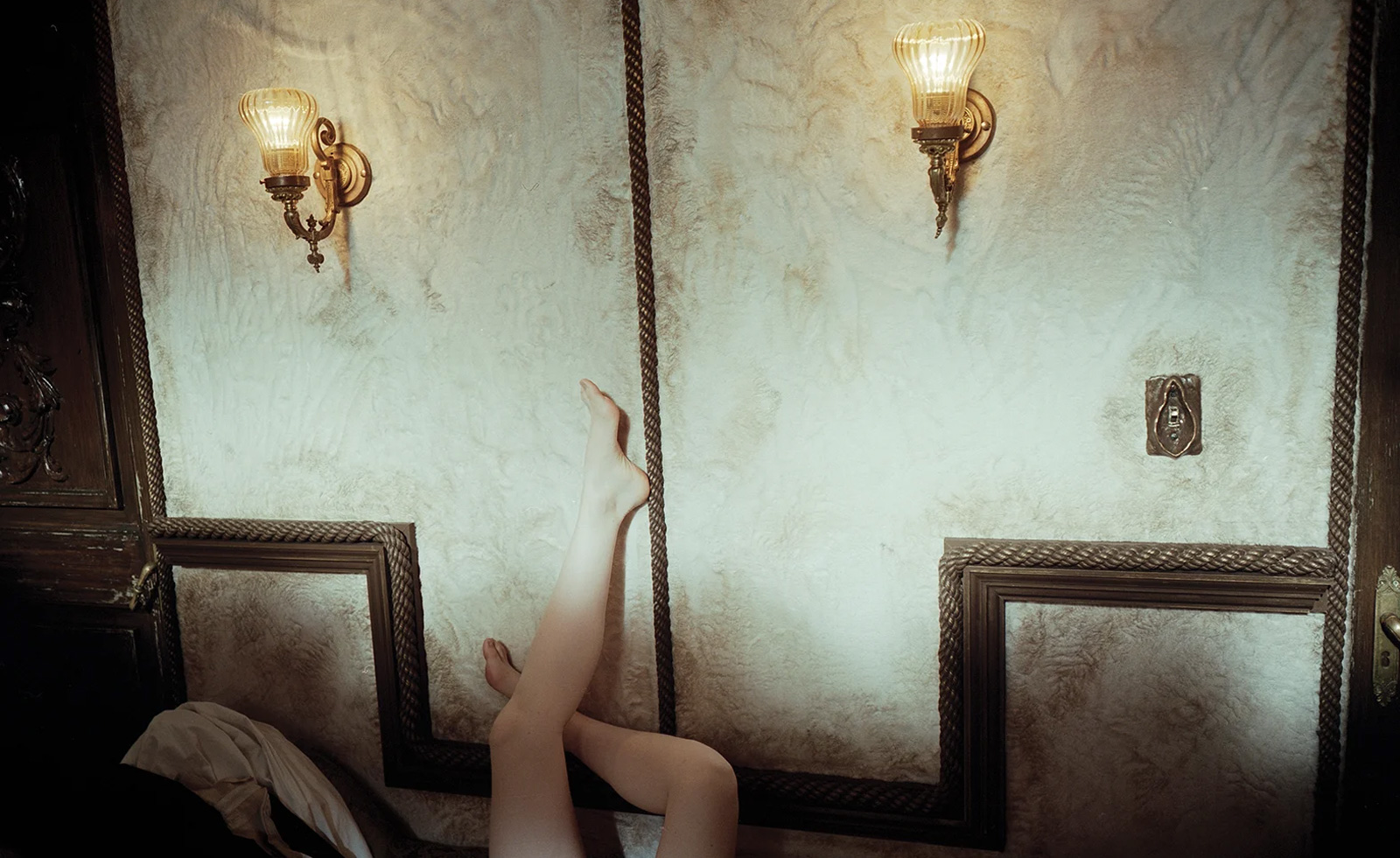 Unlike the gloriously grotesque imagery in his films, Yorgos Lanthimos’ photographs are quietly beautiful
Unlike the gloriously grotesque imagery in his films, Yorgos Lanthimos’ photographs are quietly beautifulAn exhibition at Webber Gallery in Los Angeles presents Yorgos Lanthimos’ photography
By Katie Tobin
-
 Desert X 2025 review: a new American dream grows in the Coachella Valley
Desert X 2025 review: a new American dream grows in the Coachella ValleyWill Jennings reports from the epic California art festival. Here are the highlights
By Will Jennings
-
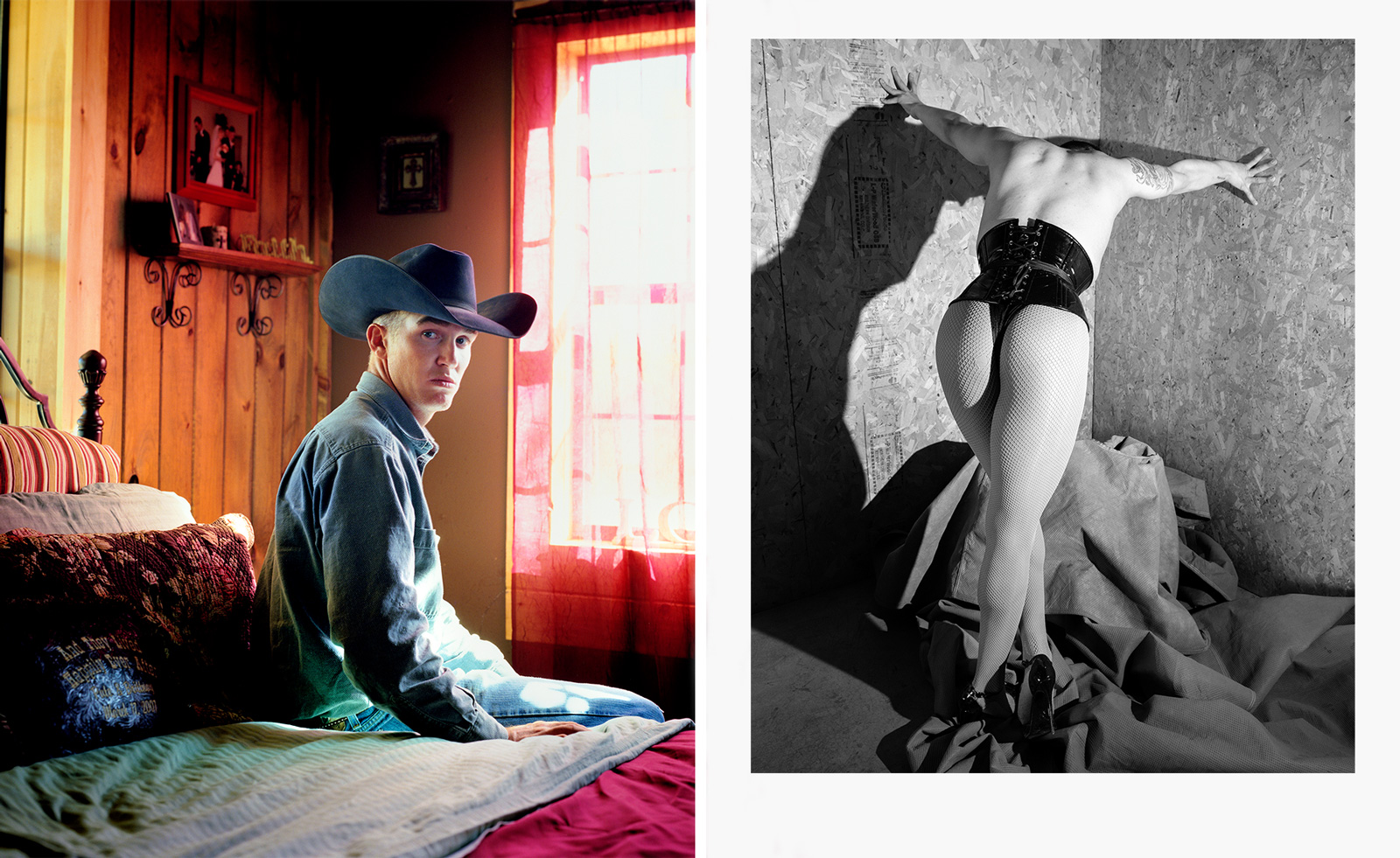 Cowboys and Queens: Jane Hilton's celebration of culture on the fringes
Cowboys and Queens: Jane Hilton's celebration of culture on the fringesPhotographer Jane Hilton captures cowboy and drag queen culture for a new exhibition and book
By Hannah Silver
-
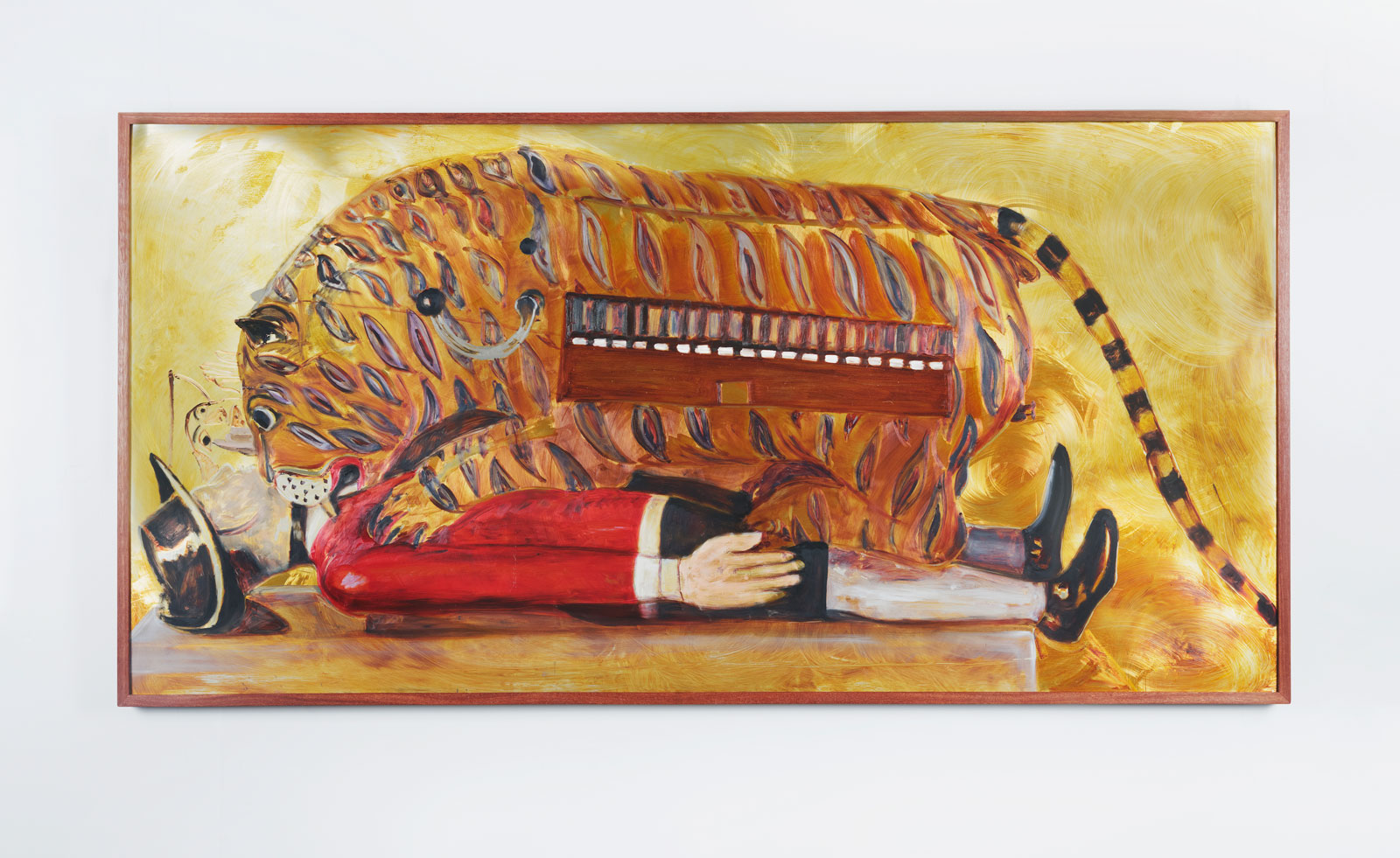 New gallery Rajiv Menon Contemporary brings contemporary South Asian and diasporic art to Los Angeles
New gallery Rajiv Menon Contemporary brings contemporary South Asian and diasporic art to Los Angeles'Exhibitionism', the inaugural showcase at Rajiv Menon Contemporary gallery in Hollywood, examines the boundaries of intimacy
By Aastha D
-
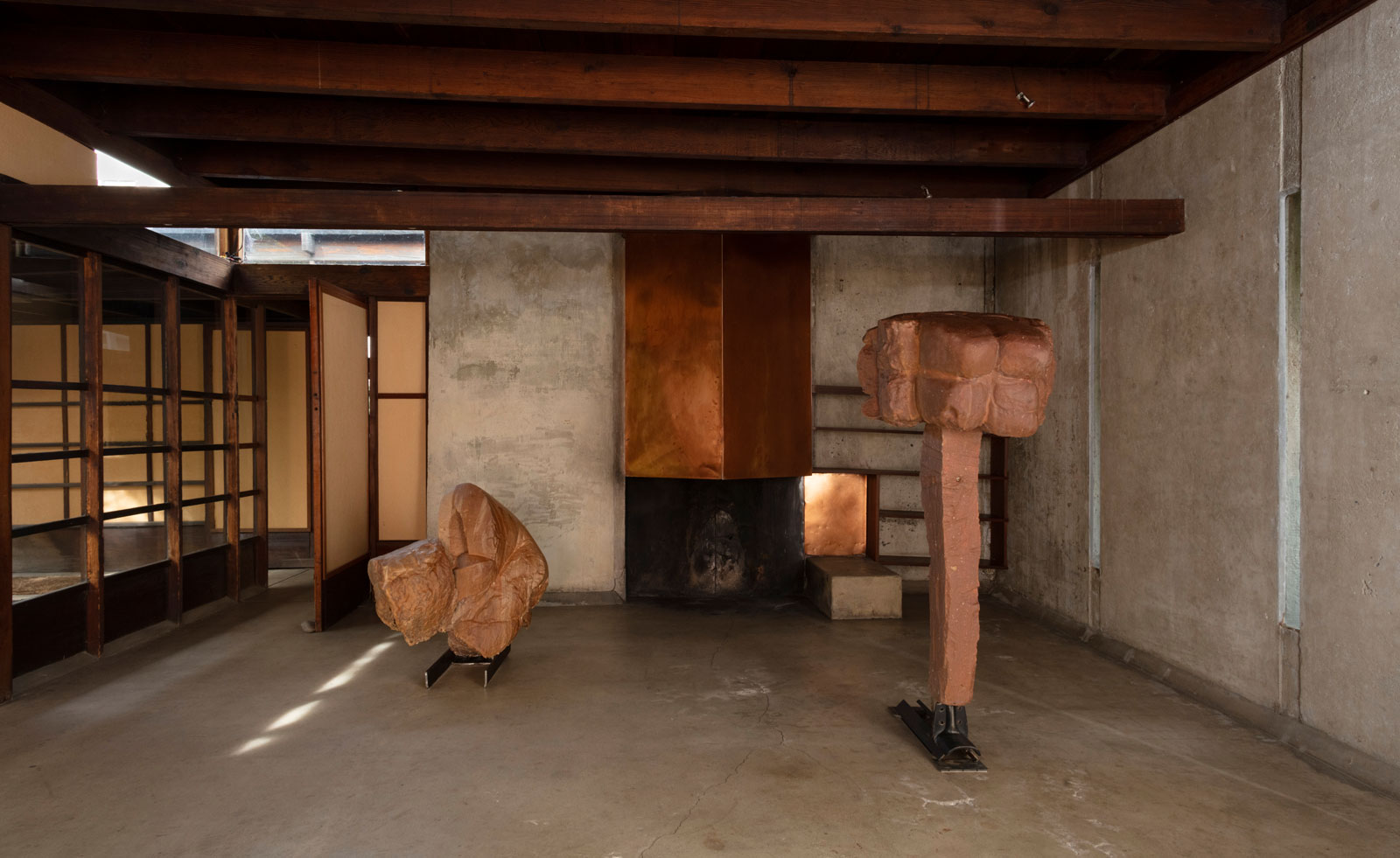 Helmut Lang showcases his provocative sculptures in a modernist Los Angeles home
Helmut Lang showcases his provocative sculptures in a modernist Los Angeles home‘Helmut Lang: What remains behind’ sees the artist and former fashion designer open a new show of works at MAK Center for Art and Architecture at the Schindler House
By Francesca Perry
-
 In ‘The Last Showgirl’, nostalgia is a drug like any other
In ‘The Last Showgirl’, nostalgia is a drug like any otherGia Coppola takes us to Las Vegas after the party has ended in new film starring Pamela Anderson, The Last Showgirl
By Billie Walker
-
 ‘American Photography’: centuries-spanning show reveals timely truths
‘American Photography’: centuries-spanning show reveals timely truthsAt the Rijksmuseum in Amsterdam, Europe’s first major survey of American photography reveals the contradictions and complexities that have long defined this world superpower
By Daisy Woodward